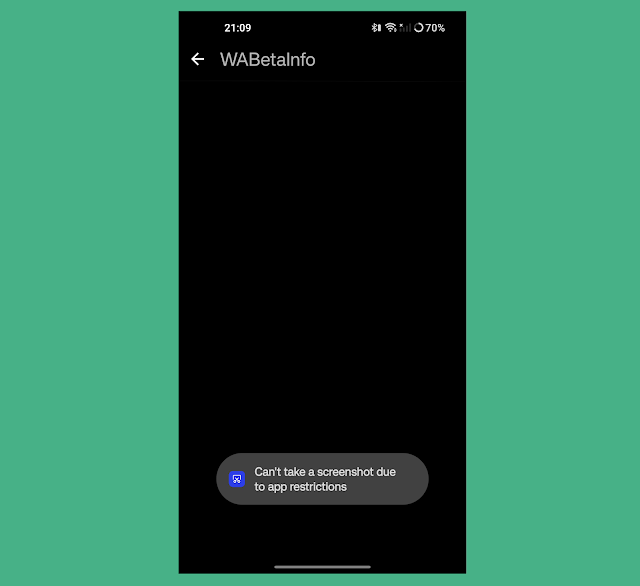Technology has an incredible ability to make a big world much more interconnected. Since the invention of the telephone in the 19th century, technology has continued to evolve and change. From the telephone to the television, the Internet, and the wonders of mobile telephony, Americans today live in a world where family is often no more than a simple call or text away.
Photo: Lacie Slezak / Unsplash
For many, digital devices are a game changer - allowing us to stay connected and engaged in a world that can often present physical hurdles to participation. It’s an enabler - allowing families to stay connected, students to stay engaged, and enabling careers such as
MSN online programs opening the doors and creating new pathways for modern nursing careers.
For detractors, technology is a crux - an avenue to all that is horrible about today’s modern world, and a challenge for parents, crime-fighters, and regulators alike. Which version is the truth? As we’ll soon find out, the answer is much more nuanced than you’d expect!
Modern Technology - The Great Connector
Technology has transformed modern relationships. It’s not uncommon to see people walking the streets, smartphone in hand, chatting to a friend or family member hundreds, or even thousands of miles away. A century ago, it would simply have been impossible to maintain personal relationships with friends and family who lived in another city, let alone another continent.
Rapid evolution in digital technology has demolished historical barriers that existed in long-distance communication. More than
half the global population has been impacted and transformed by the benefits of digital technology, according to research published by the United Nations. The impact has been resounding - it has fuelled globalization and helped to provide opportunities to poorer nations in a manner seldom seen in the past.
Rapid innovation in telecommunication, particularly with the advent of the smartphone, has helped to create a world where technology augments the human experience in ways that were unheard of half a century ago. From viewing the world through another’s front window, the immense benefits of remote healthcare, modern technology such as the advent of modern networking and the Internet has truly changed the world for the better.
Health Benefits of Modern Technology
Developments in digital technology have acted as an equalizer for those that live in rural and regional America, in several significant ways. Firstly, access to modern technology breaks down physical and regional barriers that exist between medical professionals and patients. A client suffering from chronic conditions can enjoy the high level of medical care provided by a specialist, even if they live many towns over.
For example, during the recent coronavirus pandemic, patients were able to receive support from doctors from the
comfort of their own homes. Rather than risking going outside, vulnerable Americans could receive help without having to risk exposure to a potentially fatal illness.
Advanced communication technologies not only make it easier for governments to get the message out when communities are in danger, but they can also support the widespread implementation of digital healthcare. As little as a decade ago, it would have been unheard of to hear of group video conferencing - however, in today’s world, many patients enjoy the benefit of high-quality digital telephony from the comfort of their own home.
For many developing nations, the Internet is often seen as a good influence on education and personal relationships,
according to research by the Pew Research Center on global attitudes around digital technology.
Image: Unsplash / Teemu Paananen
The Benefits and Risks of Technology
Technology is powerful as a barrier breaker and a change maker - it’s clear that when used in the right circumstances, it can be a powerful driver for positive change.
Digital technology is incredibly empowering. In today’s interconnected world, a novice 3D printer can use publicly available blueprints to help develop prosthetics for the most vulnerable members of society. Open access to this technology has also allowed for rapid innovation in the
development of prosthetic limbs, with one team of researchers finding a way to reduce costs by more than 95%.
Enhancements in medical telecommunication have also had an impact. In 2020, surgical professionals worked together
across the Atlantic Ocean to perform a complex laparoscopic procedure on a patient in dire need of medical care.
However, while there are significant benefits, it’s important to note that there are also significant risks that exist in the realm of digital technology. The advantages offered by technology are not one-sided - with benefits, there also exists risk.
Consider, for example, the mental health challenges faced by victims of cyberbullying and harassment. For many students who are completing their qualifications, increased connectivity can lead to increased victimization - and the proliferation of undesirable attitudes and behaviors within the youngest and most vulnerable users of technology.
Scrutinizing the impact of digital technologies presents a challenging landscape. On its own, technology can be incredibly powerful in connecting end users with the tools and platforms needed to succeed in life - however, for some, digital technology can present an avenue for
serious mental illness if not managed correctly.
What Does The Digital Future Hold?
The advent of digital technologies has defined an era of rapid transformation and innovation - connecting distant, rural communities to the thriving metropolitan cityscapes that exist around the world. Much can be said of the benefits that the Internet has brought to the world - from the ability to connect medical professionals in times of crisis, to its capacity to keep the world connected in times of good and bad.
Indeed, the Internet has been, at times, controversial and challenging. Much can be said of the access that the Internet brings while opening the door to threat actors both near and far. The barrier that previously existed between the classroom and the home for the most part, no longer exists, bringing new challenges to teachers and students alike.
In a world where technology continues to embed itself in the lives of hundreds of millions of Americans, it’s valuable to consider what the future may hold for our increasingly digitized society. While for some, it will undoubtedly have challenges, the digital world of tomorrow looks set to supercharge an education revolution, providing opportunities and access to high-quality education at a capacity never previously seen.
For those looking to make a shift into a new career, the ongoing digital innovation looks set to transform the way that we are educated, forever.
by Web Desk via Digital Information World








